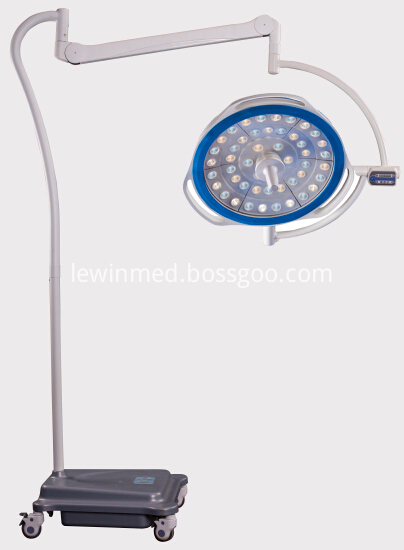Initial processing of animal skins
After the cold weather, the weather became cooler and livestock slaughter also entered the peak season. The authors found that many fresh skins slaughtered by slaughtered animals were rotted and deteriorated due to improper handling because they could not be sent to the factory for processing in time. Economic loss. Therefore, the animal skin must undergo primary processing. The method is mainly divided into two processes:
First, remove the sludge, feces, residual meat, fat, ears, hoofs, tails, bones, lips, etc. from the skin to prevent skin rot and spoilage. Cleaning method: Cut hoofs, ears, lips, etc., and then use meat stripping machine or spatula to remove the residual meat and fat on the skin, and then wash the dirt and blood on the skin with water.
Second, the principle of anti-corrosion grasp: reduce the temperature, remove water, use of antiseptic substances to limit the role of bacteria and enzymes. The preservative storage methods that can be used in production are:
1. Drying method: The fresh skin is dried to a moisture content of 12% to 16% without using salt or other preservatives. When the water content of raw hides drops to about 15%, it is not conducive to bacterial growth, and it can temporarily inhibit the activity of microorganisms to achieve the purpose of preservation. When drying, natural drying is generally used. If there is a large amount of fresh skin, a drying chamber may be used. When it is naturally dry, put fresh flesh in a ventilated place, avoid exposure to sunlight, avoid high temperatures, surface water loss, uneven drying, creating conditions for the health of bacteria, and avoid skin damage caused by strong light exposure. The inner protein gelled. After drying, the hides can be packaged and stored immediately. After the hides are dried, the area is reduced by 30% to 40%, and the moisture content is about 15%.
2, salting method: The use of dry salt or salt water to deal with fresh skin, salt to remove skin moisture, resulting in hypertonic environment, inhibit bacterial growth and development, so as to achieve anti-corrosion purposes. This method is a common and reliable method to prevent skin decay and does not affect the inherent natural quality of hides. As long as the picking method is correct and the stacking is appropriate, salted skin can be preserved for a long time.
This method is divided into dry pickling and brine pickling. Dry-curing method, the clean salt powder is directly sprinkled on the fresh meat surface. The amount of salt used is about 25% to 35% of the tare weight. When spreading raw hides, all creases and bends must be leveled out, and salt must be spread evenly throughout the entire meat surface. Then put a piece of raw hides on the skin for the same treatment, so that the layers are stacked, stacked up to 1 to 1.5 meters in the skin heap, salting time of 6 to 8 days. The salt water-salting method is a process in which raw water that has been initially treated and drained is weighed and sorted by weight, and then the skin is immersed in a cement tank containing salt water (concentration of about 25% salt). After a day and night, they were taken out and drained for 2 days before they accumulated. When they accumulated, salt was then sprinkled (dry salt was 25% of the tare weight). When immersing salt, the temperature should be maintained at about 15°C for quality assurance. In order to prevent salt spots, 4% sodium bicarbonate can be added to salt.
3, salt dry method: It is the combination of salting and drying two methods, namely, salting and then drying, so that the skin moisture content reaches 20%. This method has the advantages of strong anti-corrosion and avoids the defects such as hardening fracture when the hide is dry. This method is suitable for anti-corrosion of small skins in hot areas. After processing the hides, the weight is reduced by about 50%, and the storage time can be greatly extended.
4, acid method: This method is to use a mixture of salt, ammonium chloride and lead alum in a certain proportion of the mixture processed hides, this method is the most suitable for sheep skin and other raw materials anti-corrosion. The mixing ratio of the mixture is: salt 85%, ammonium chloride 7.5%, lead alum 7.5%. The method is: The mixture is evenly sprinkled on the surface of the fur and rubbed a little, and then the hair is folded outwards into a square shape, and can be accumulated for about 7 days.
Round type mobile LED Operating Lamp is vertical and movable, with exquisite shape, convenient movement and flexible usage. the mobile surgical lamp is applicable for ENT, urology, gynecology and obstetrics as assisted lighting. it has battery inside, the battery can last long for 8 hours. The mobile round type OT lamp can choose straight arm or tube arm to suit different requirment from the docotors. on the mobile operation lamp base, there has indication light to show battery capacity and AC/DC. The mobile surgical lamp can be used at surgical room also can be used at clinic or beauty center.

Floor Led Lamp,Floor Stand Lamp,Portable Led Floor Light,Mobile Operating Lamp
Shandong Lewin Medical Equipment Co., Ltd. , https://www.lewinmed.com